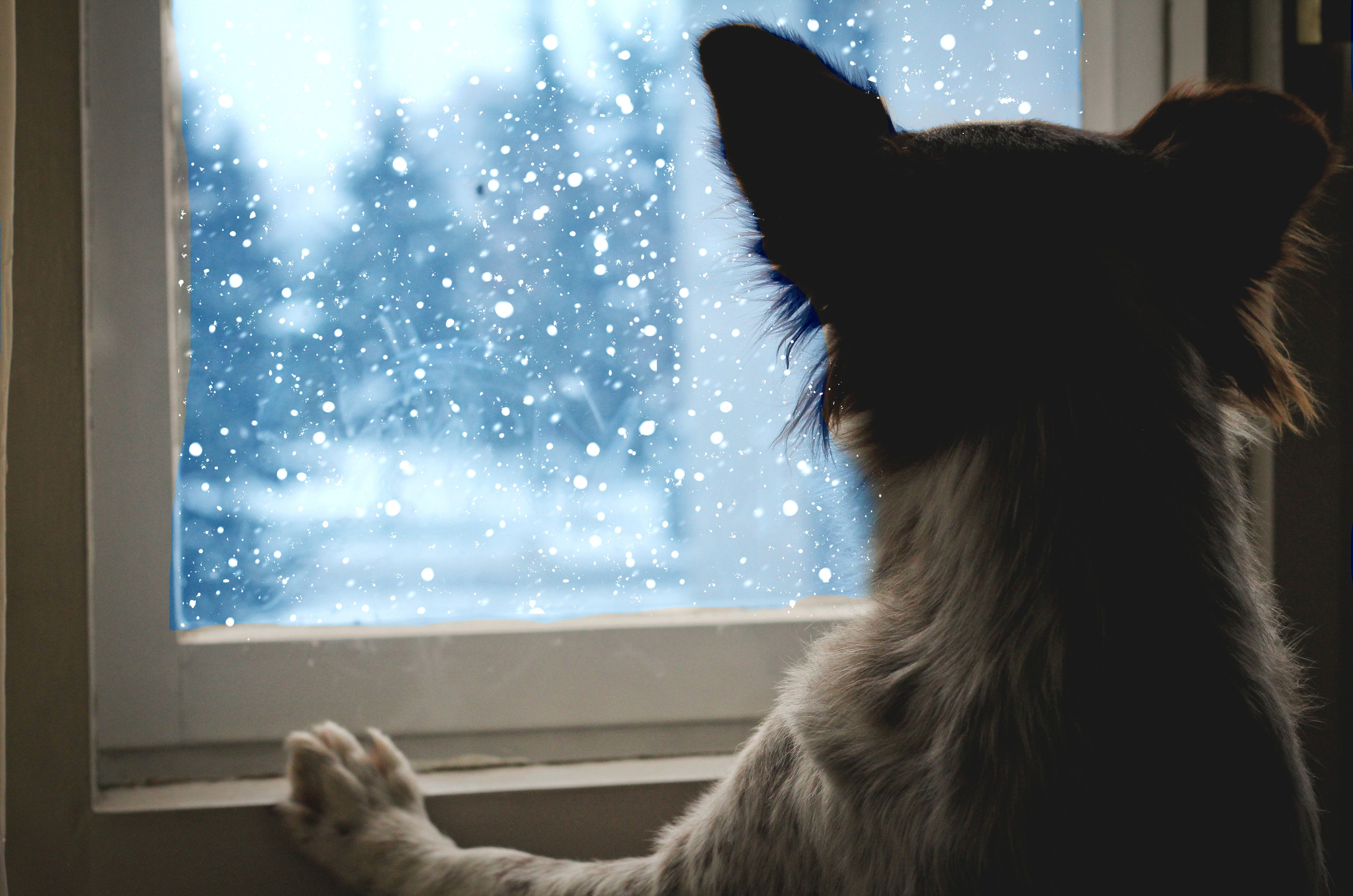10 things you can do for your pet when it’s cold outside

Follow me on Twitter @RobShmerling
Venturing out in frigid conditions with our golden retriever, I was wishing I had worn another layer or two. And that got me thinking. Sparky’s got a thick coat of fur, but is that enough? Is there more I should be doing for him during cold snaps? On our last walk, I’m pretty sure he would have said yes.
In fact, there are a number of things we can do to make sure our pets are safe during the worst of winter. Here are 10 things experts recommend:
1. When returning from a walk, clean off your pet’s paws and check them for redness or cracks.
2. Apply petroleum jelly (or other paw protection product) to your dog’s paw pads. Or, have your pet wear booties.
3. Use only pet-friendly ice melt.
4. Get a coat or sweater for your short-haired dog.
5. If your pet usually sleeps on the floor or near a window or door, get them a pet bed and move it away from the coldest parts of the house.
6. Don’t leave your pet in a car. Although we hear often about the risks of pets overheating in cars in the warmer weather, cars cool down quickly in winter and pose a risk for pets left inside.
7. Don’t leave your pet outside. Even for dogs or cats that spend most of their time outdoors, bring them inside during cold weather.
8. Trim their nails. Long nails can’t grip the ice, which makes walking more slippery.
9. Look out for cats near your car. They may take refuge in the garage or huddled next to a warm car and get injured when the car moves.
10. Recognize signs of hypothermia (including confusion, slowed movement, anxiousness) or frostbite (such as blisters or discoloration of the skin). If you suspect either, bring your pet inside right away and contact your veterinarian.
But wait, there’s more
Some other recommendations are probably self-evident but worth emphasizing. Take shorter walks to avoid cold exposure. Avoid partially frozen rivers, lakes, or ponds that might not support the weight of your pet. And winter is no time for the short haircut or close-cropped look — save that for warmer weather.
Pets may burn more calories maintaining their body temperature when it’s cold, so some experts recommend that for active pets that spend time outdoors in cold weather, food portions should be a bit larger than usual.
This, too, shall pass
Eventually the harsh winter weather will turn warmer. Until it does, keep in mind that your pet may not like the cold any more than you do. Fortunately, there’s a lot you can do to make it easier on him or her.
Talk to your veterinarian about any specific health concerns you have about your pet. And, for more information, check out these tips from the American Society for the Prevention of Cruelty to Animals (ASPCA).
About the Author

Robert H. Shmerling, MD, Senior Faculty Editor, Harvard Health Publishing; Editorial Advisory Board Member, Harvard Health Publishing
Disclaimer:
As a service to our readers, Harvard Health Publishing provides access to our library of archived content. Please note the date of last review or update on all articles.
No content on this site, regardless of date, should ever be used as a substitute for direct medical advice from your doctor or other qualified clinician.













